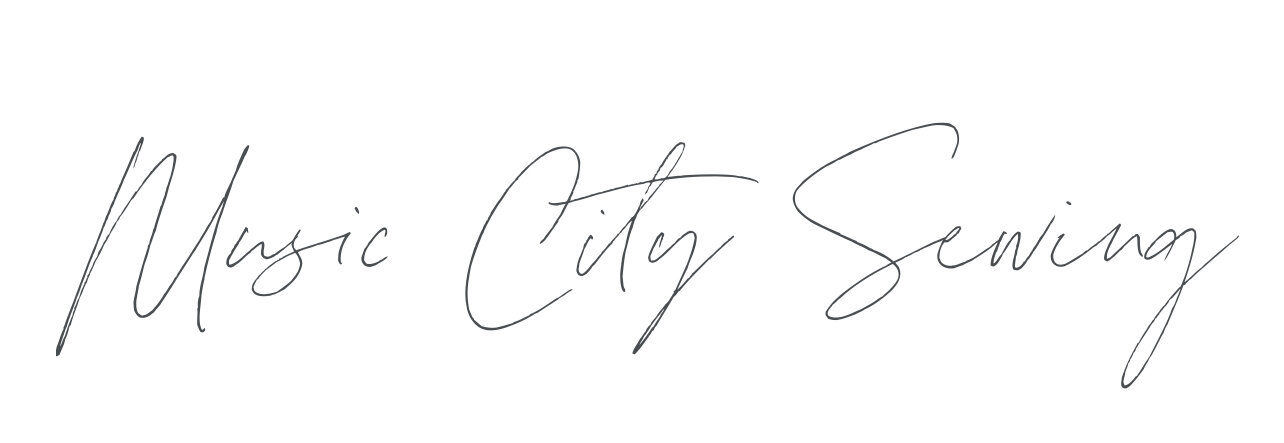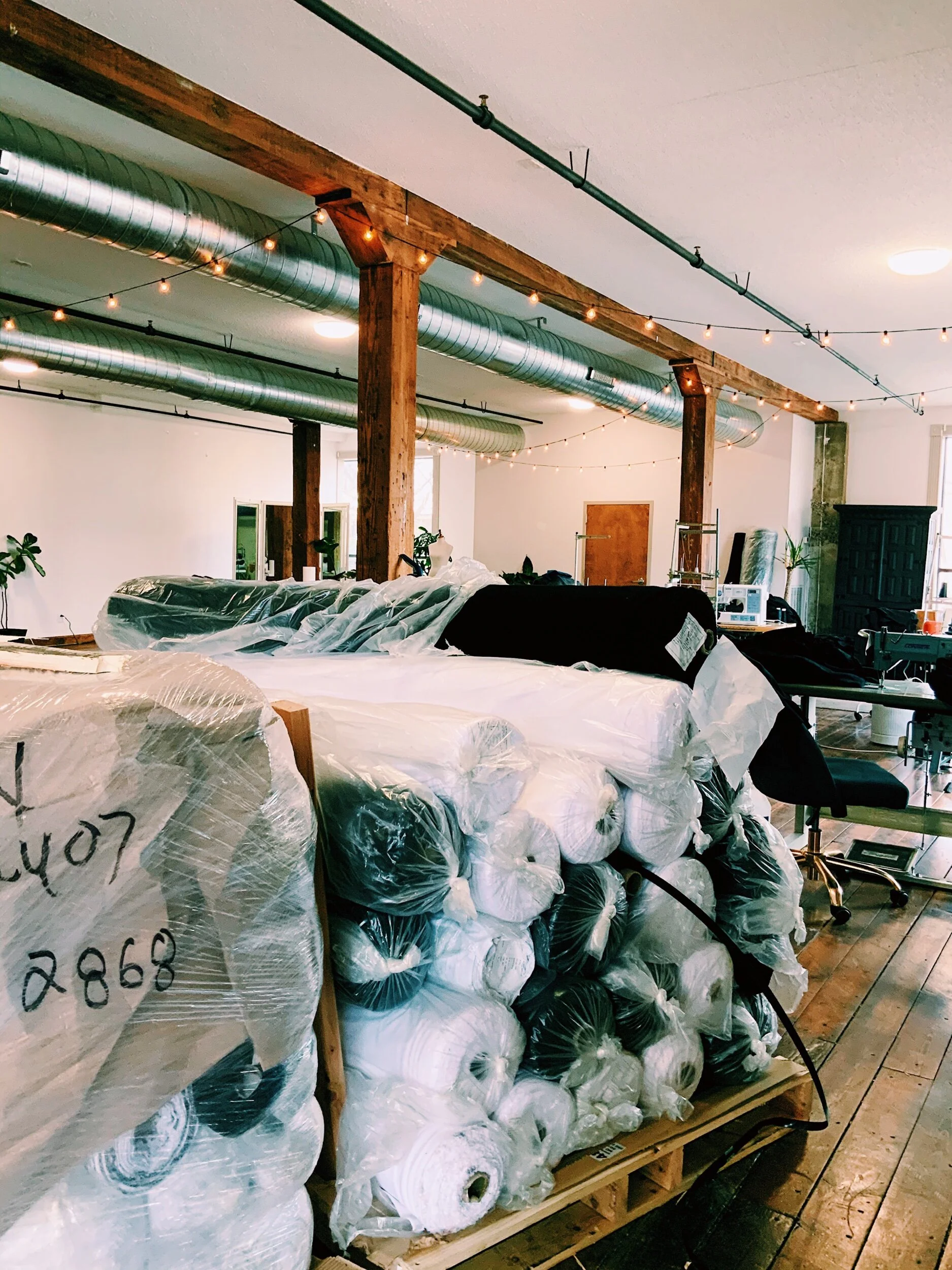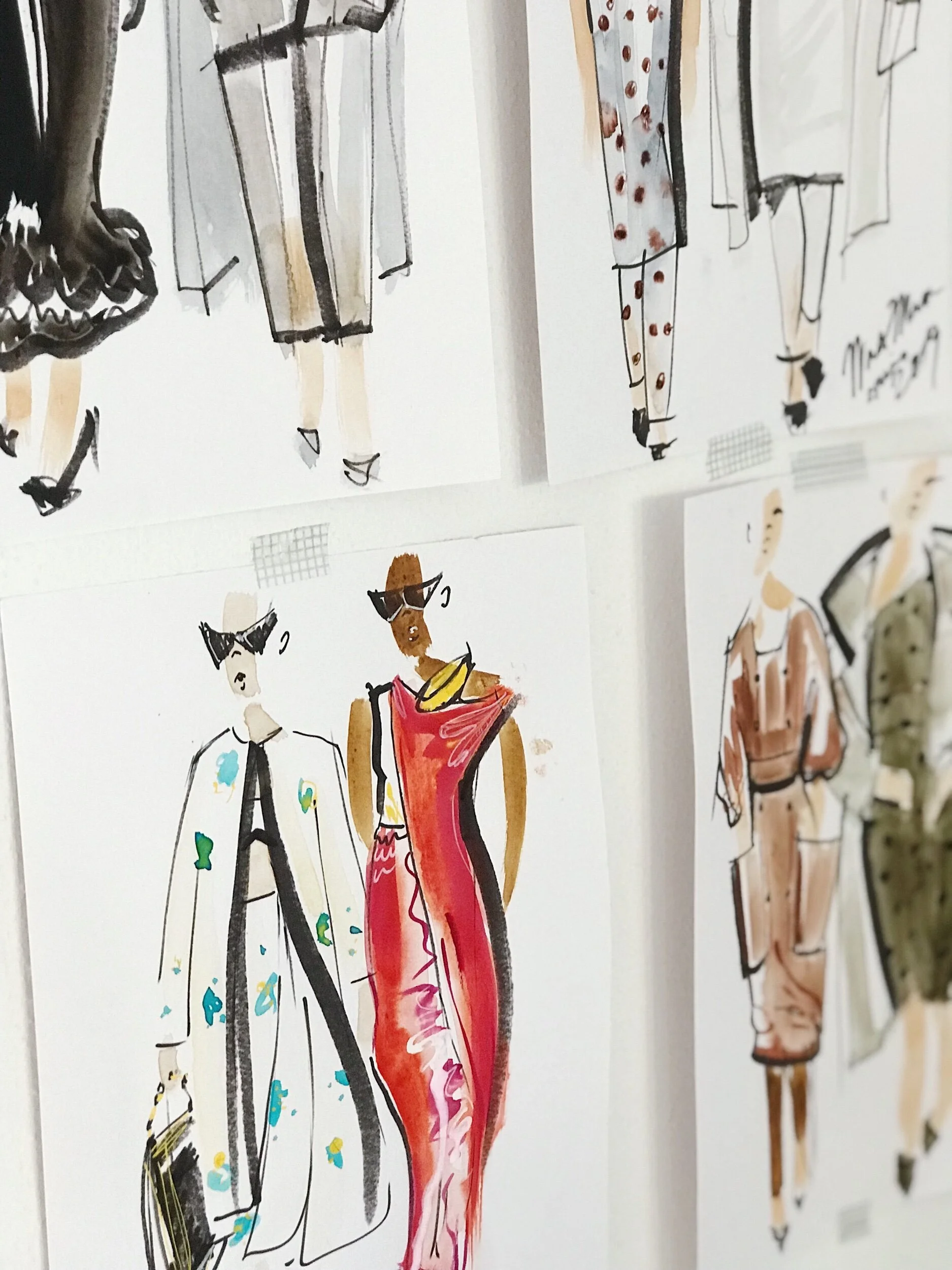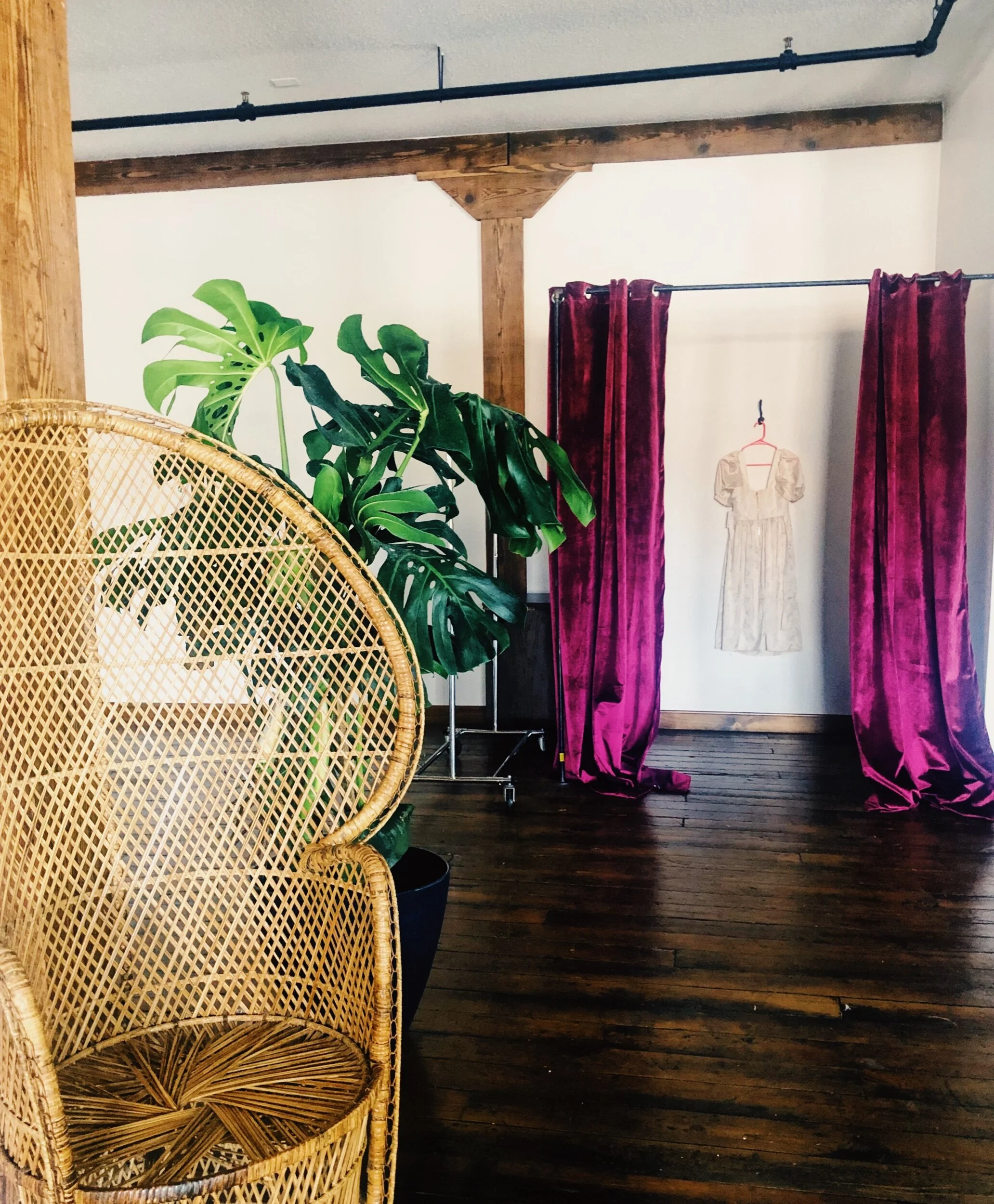How to build a stress-free supply chain for clothing designers
What would it look like if by next week, your design sketch was more than an idea?
It takes six areas of research and planning to turn that idea into a living, breathing supply chain. Give me 5 minutes and your full attention, and I’ll teach you how to master your clothing design supply chain. Let’s go!
Over the years of selling handmade products and services, I‘ve seen it more times than I like to admit. Designers and inventors come up with a sketch, and are so hell-bent on beating others to market, that they completely skip all the steps that ensures they stay on the market.
The truth is, most people genuinely don’t understand the importance of a bombproof supply chain until they get burned by theirs.
Everything that will or could ever go wrong in getting your customers their product comes down to not building a scalable supply chain.
From sourcing your fabrics in bulk, to finding a tag supplier, to knowing who sells the right notions - you've got to lock 👏🏼 it 👏🏼 down 👏🏼.
The way I see it (and the way I teach my students), is that you have no business supplying your customers with a product you can't guarantee them another of.
Mastering supply chain means taking control of 6 areas:
1. Material
Does your distributor always keep it in stock? How much? How quick do they ship? How often do they restock? Is there a minimum order quantity? What’s the actual textile content (You’ll need this info when you order fabric tags)?
2. Hired help
What is the turnaround for X amount of items? What if I order more? How much it will cost? How much time in advance do I need to get my order in? Is there a discount for ordering more than less? What sort of guarantees are they willing to include in their service?
3. Notions
Order notions (thread, fasteners, zippers, snaps, decorative haberdashery) in bulk upfront and return what goes unused, so you’re not stuck paying inflated local prices. Find a notions provider with unlimited stock.
4. Fabric Tags
Fabric items that touch the skin are required by law to have a tag sewn into them. It must display country of origin, textile content, and care instructions. Secure your fabric tag supplier for the long haul.
By having these upfront, you can send them straight to your manufacturer and have them installed as the product is sewn, saving you money. Yay!
5. Hang Tags
These say brand name, pricing, skew numbers, and sometimes even bar codes. These little guys sure do elevate a handmade product in the home stretch. You’ll need these as you grow should it end up in a brick and mortar retail environment.
6. Packing & shipping materials
Order these in bulk to save on expenses, then pass those costs AND savings on to your customer. Those boxes and bubble mailers sure add $up! Surprise and delight your customers by giving them the full experience as they unwrap their order.
Shipstation.com is the bomb for mailing (Not affiliating, just really loving them lately).
The truth is…
If you've got all this covered, you're in for a great production run (or small batch, fashion line, etc).
Consistency is EVERYTHING in clothing production, and is what separates you from the big box slave labor clothing stores at the mall.
Got questions about where to go from here? Comment below 🤗




